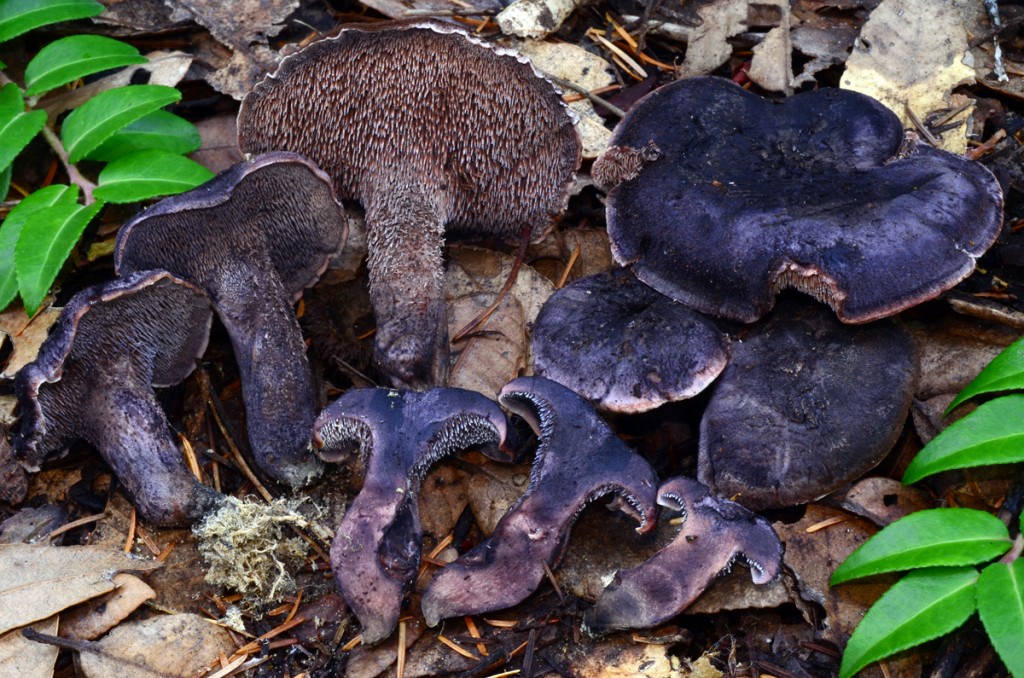A Long Way to Go: Protecting and Conserving Endangered Fungi
Posted in Interesting Plant Stories on October 13, 2015 by Naveed Davoodian
Naveed Davoodian is a Ph.D. candidate in the Commodore Matthew Perry Graduate Studies Program at The New York Botanical Garden and the City University of New York. His research is focused on the diversity, evolution, and conservation of fungi.

Despite the many benefits that fungi provide, conservation policies and actions have incorporated these critically important species in very limited ways. On a global scale, fungi lag significantly behind plants and animals in conservation efforts. The situation is, unfortunately, no different in the United States.
To illustrate this point, I examined and evaluated U.S. federal conservation policies that directly list fungal species. This analysis, which focused on the Endangered Species Act of 1973 and the Survey and Manage Standards and Guidelines of the Northwest Forest Plan, was published earlier this year in the journal Biodiversity and Conservation. While both of these frameworks have contributed positively to biodiversity conservation in the U.S., both currently suffer from obstacles hindering protection of fungi and other overlooked organisms.
The Endangered Species Act (ESA) in its current form does not explicitly protect fungi in its text, as it does plants and animals, leaving the enforceability of the ESA’s legal measures ambiguous with regard to fungi. This is problematic since two species of lichenized fungi—fungi that have combined with other organisms to form lichens—are currently listed as endangered under this law. The Survey and Manage Standards and Guidelines of the Northwest Forest Plan (SMNFP) provides a framework under which hundreds of fungi were once actively managed. The SMNFP also includes provisions for management of other often ignored organisms, such as bryophytes and molluscs. However, the SMNFP is currently the subject of legal conflicts that have effectively halted these activities. These issues are detailed in Biodiversity and Conservation 24 (8): 2099–2104.
The lack of protection for fungi is especially troubling because they are major players in ecosystems worldwide. Fungi facilitate nutrient cycling and maintain the dynamics of the biosphere. In addition to their ecological benefits, fungi are utilized extensively in agriculture, forestry, medicine, and many other human endeavors. While fungi are primarily beneficial to humans and the environment, the entire kingdom is still generally characterized by negative examples, such as species that cause crop damage.
However, if we expand our ecological vision to include fungi and other unnoticed organisms, we can achieve more comprehensive protection of biodiversity in the United States.
Though much groundwork remains to be done in advancing fungal conservation in the U.S. and around the world, identifying and addressing weaknesses in policies relevant to fungi is a critical step towards a more holistic and effective conservation paradigm. Overcoming the obstacles to protecting fungi under the ESA and the SMNFP would be a major contribution to initiating effective conservation of the millions of species of fungi on Earth.


Update
http://link.springer.com/article/10.1007/s10531-016-1064-3